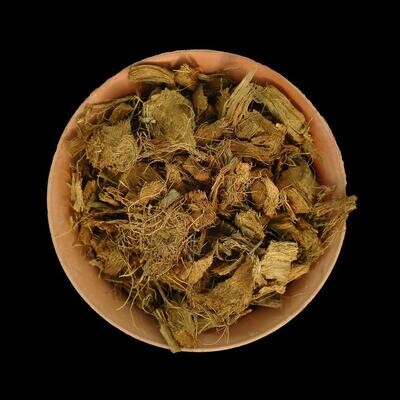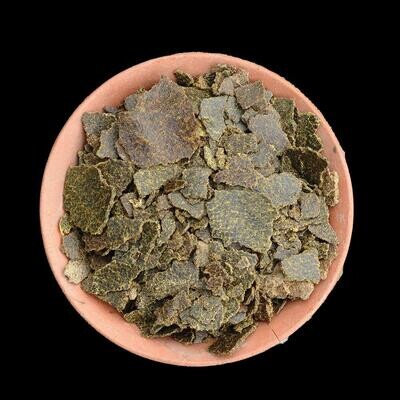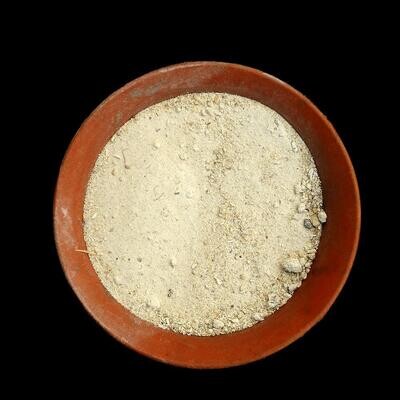Please check the Shipping Updates Page for information on shipping.
Euphorbia corniculata
Etymology
The genus name "Euphorbia" derives from Euphorbus, a Greek physician renowned for his early documentation and utilization of plants that produce latex. This name reflects the therapeutic and cultural relevance of the genus in traditional medicine. The species name "corniculata" comes from the Latin word "corniculatus," meaning "horned." This designation likely refers to the distinctive, horn-like appearance of the plant's structures, such as the tiny leaf-like bracts that accompany the cyathia—small cup-like floral structures typical of Euphorbia species.
Synonyms
Euphorbia corniculata may be recognized under several synonyms due to historical taxonomic updates and reclassification. Alternative names include "Euphorbia heterophylla" and "Euphorbia prostrata," though these classifications might have been based on morphological similarities in earlier botanical literature. Continuous reference to up-to-date taxonomic sources is essential for accurate identification.
Origin
Euphorbia corniculata is native to parts of southern Africa, particularly found in countries like Namibia and South Africa. It typically grows in roadside margins, rocky outcrops, and disturbed habitats where it thrives in well-drained, sandy soils. This species has adapted well to the warm and arid climatic conditions prevalent in its natural habitat.
Description
Euphorbia corniculata is a perennial, succulent herb that usually forms a low, spreading mat or clump. The plant typically reaches heights of 6 to 12 inches (15 to 30 cm) and may spread significantly, making it an effective ground cover. Its stems are succulent, green, and may have a reddish tint. The leaves are small and variable in shape, often oval to lanceolate, and arranged alternately along the stem. During the flowering period, Euphorbia corniculata produces small clusters of yellow-green cyathia, which emerge from the leaf axils. The plant's attractive floral structures and dense foliage make it a desirable choice for garden landscapes or as a decorative plant.
Conservation Status
Currently, Euphorbia corniculata is not classified as endangered. However, habitat loss due to agricultural expansion and urban development may pose potential threats to its populations in the wild. Conservation initiatives focused on habitat protection and sustainable land practices are vital for maintaining healthy populations.
Care Instructions
Euphorbia corniculata can be successfully cultivated with proper care. Here are key guidelines for maintaining this unique succulent:
- Light: Prefers full sun exposure. Providing at least 6 to 8 hours of direct sunlight each day is crucial for robust growth and flowering.
- Water: Water sparingly, allowing the soil to dry out completely between waterings. Overwatering can lead to root rot, particularly during cooler months.
- Soil: Use a well-draining cactus or succulent mix to ensure proper drainage. A mix with added perlite or coarse sand can enhance drainage and prevent water retention.
- Temperature: Thrives in warm conditions, preferably between 65°F to 85°F (18°C to 29°C). It should be protected from frost and temperatures below 30°F (-1°C).
- Humidity: Prefers low humidity levels, consistent with its native arid environment, so ensure good air circulation around the plant.
- Fertilization: Apply a diluted cactus fertilizer during the growing season (spring and summer) to support healthy growth, ideally once a month, but avoid over-fertilization.





